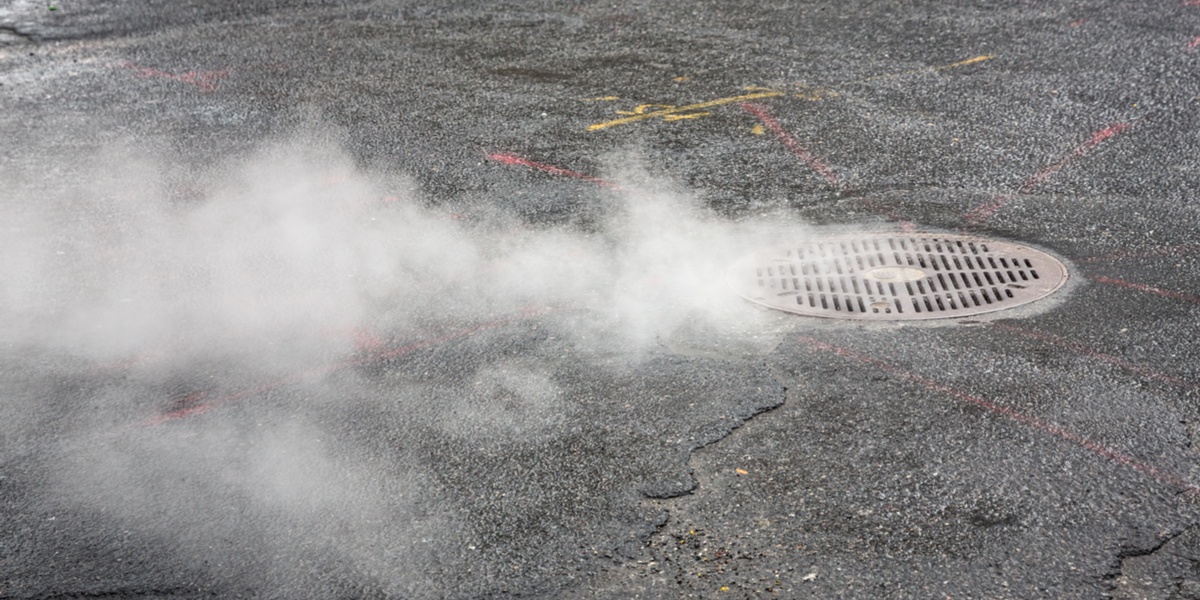Asbestos: The #1 Risk After the July 19 Steam Explosion in Manhattan

If you have been following recent news, you surely heard about a major steam explosion that occurred in Manhattan on July 19. The incident took place exactly on Fifth Avenue and 21st Street, in the Flatiron district, disrupting traffic and all types of activities. Nobody was killed, but that does not mean the danger is over - there is evidence that the explosion released large quantities of asbestos, an extremely harmful substance for humans. The steam explosion ruptured a 20-inch pipe, and it took place at around 6:40 AM.
Asbestos is always an issue when demolishing or renovating older constructions, especially those built before its risks were known - back then, asbestos use in construction materials had not been restricted. When the substance is detected in a building, the correct procedure is hiring a specialized remediation company; however, accidents may release large amount of asbestos in a short time without control.
Since the steam distribution system owned by Con Edison was installed over a century ago, any incident involving an explosion is likely to release asbestos. The following actions have been taken after the July 19 steam explosion:
- 49 buildings in the affected area have been evacuated. There are undergoing efforts to restore suitable conditions for occupancy as quickly as possible, but this may require several days for buildings closer to the explosion site.
- Around 500 persons were displaced from their dwellings in the affected area. Con Edison offered them hotel accommodations, for the time required to clear risks in the evacuated residential buildings.
- Citizens in the immediate area were asked to deliver the clothes they were wearing, in closed bags. Clothing that absorbs asbestos is no longer suitable for use, and Con Edison is providing compensation for it.
- Public transportation routes have been modified temporarily, and the Fifth Avenue section where the accident took place is closed.
Con Edison defines the immediate area around the steam explosion sites as follows:
- 500 feet east or west from Fifth Avenue, along the 20th or 21st Street.
- 100 feet north or south along Fifth Avenue
Curiously, there was also a steam explosion on July 19, 2007, exactly 11 years before the recent incident. On that occasion, there were 30 injured persons and one casualty, and asbestos was also the main concern during the aftermath. The Con Edison steam system is the largest in the world, covering 104 miles of piping, which means steam accidents can potentially occur in a large portion of NYC.
Asbestos in HVAC Systems
One of the most important tasks in affected buildings is making sure HVAC systems have not been contaminated with asbestos. HVAC systems help preserve air quality under normal conditions, but they can actually spread pollution when outdoor air contains large amounts of a hazardous substance. Con Edison recommends property owners to recirculate indoor air without mixing outdoor air, until the asbestos risk has been controlled.
New York City has an ambitious goal of reducing its emissions by 80% by 2050. Since steam is normally produced with fossil fuel combustion, this goal can only be achieved by transitioning to carbon-free heating systems such as electric heat pumps. Existing buildings can take advantage of the relatively low cost of the Con Edison steam supply, and they avoid having to own and operate their own boilers. However, water-based heat distribution is the best option for new buildings, in terms of both performance and safety.

Michael Tobias
Michael Tobias, the Founding Principal of NY Engineers, currently leads a team of 50+ MEP/FP engineers and has led over 1,000 projects in the US
Join 15,000+ Fellow Architects and Contractors
Get expert engineering tips straight to your inbox. Subscribe to the NY Engineers Blog below.


